Top 5 Organic Hair Treatments for Healthy, Shiny Locks: Revive your hair naturally with these organic must-haves.
Say Goodbye to Chemicals

Let’s face it, who doesn’t dream of hair so luscious it belongs in a shampoo commercial?
If you’re tired of battling frizz, dullness, or hair that just won’t grow, you’re in the right place. Organic hair treatments aren’t just trendy, they’re transformative! And the best part? You can whip up some of these at home, save money, and skip the chemical overload. Ready to shine? Let’s dive in.
1. Rice Water Rinse for Hair Growt 🌾
Why is everyone buzzing about rice water? This centuries-old remedy is loaded with amino acids, vitamins, and antioxidants to enhance hair growth and texture.
How to Prepare Rice Water
- Rinse 1 cup of organic rice thoroughly to remove impurities.
- Soak the rice in 2 cups of clean water for 24 hours (fermentation boosts benefits).
- Strain the water into a spray bottle for easy application.
- Apply the rice water as a rinse after shampooing. Let it sit for 10–20 minutes before rinsing off with lukewarm water.
- Storage Tip: Keep unused rice water refrigerated for up to 7 days.
7 Additional Preparation Methods of Rice Water
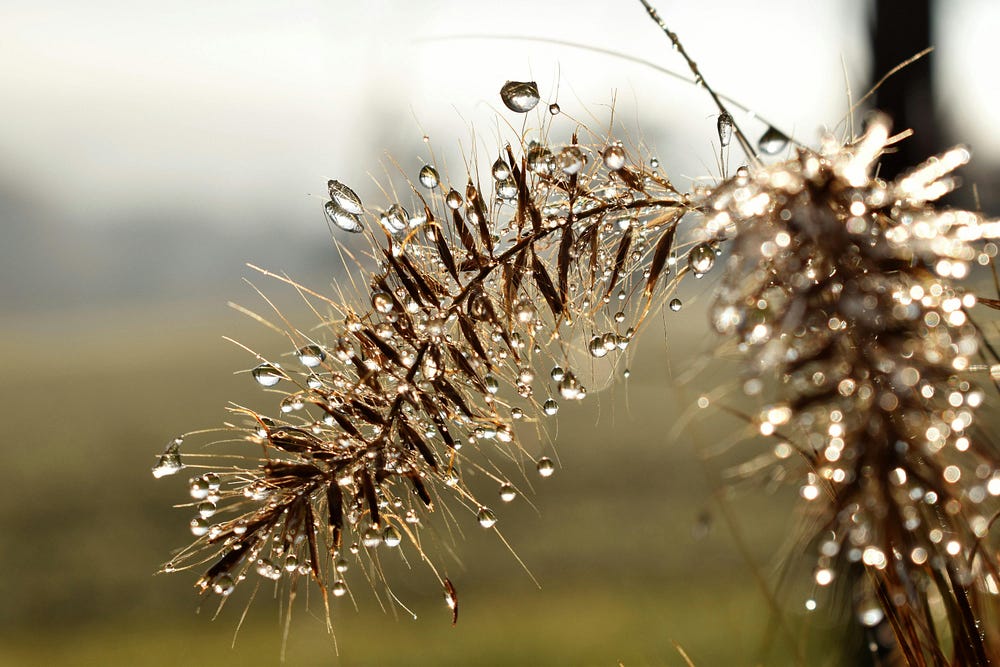
- Boiling Method - Boil the rice in excess water, strain, and use the starchy liquid as a rinse.
- Quick Soak - Soak rice for 30 minutes if you’re short on time; strain and use.
- Mix with Essential Oils - Add a few drops of rosemary or lavender oil for added scalp stimulation.
- Combine with Tea - Mix rice water with green tea to calm scalp irritation.
- Dilute for Spritzing - Dilute rice water with distilled water for daily use as a leave-in spray.
- Use in Hair Masks - Combine with aloe vera gel for extra hydration.
- Blend with Shampoo - Mix rice water with your natural shampoo for a nourishing wash.
14 Benefits of Rice Water
Rice water delivers a powerhouse of nutrients that your hair loves.
- Stimulates Growth - Rich in amino acids, rice water strengthens follicles to boost growth.
- Strengthens Roots - Vitamins B and E fortify the hair roots, reducing breakage.
- Adds Volume - Makes your hair appear fuller and more voluminous.
- Frizz Control - Smoothens cuticles for silky, manageable hair.
- Repairs Damage - Inositol, a carbohydrate found in rice water, repairs and protects from future damage.
- Balances Scalp Health - The mild pH of rice water soothes irritation and balances oils.
- Enhances Shine - Regular use imparts a glossy, mirror-like finish to your locks.
- Improves Elasticity - Reduces brittleness, leaving hair flexible and resilient.
- Reduces Split Ends - Strengthens weak spots prone to splitting.
- Natural Detangler - Eases combing through wet or dry hair.
- Anti-Aging for Hair - Slows down premature graying with antioxidant properties.
- Affordable & Accessible - Easy to prepare at home without costly ingredients.
- Safe for All Hair Types - Suitable for straight, curly, and textured hair.
- Environmentally Friendly - Uses minimal resources, promoting sustainable hair care.
Integrating rice water into your hair care routine not only promotes healthy, shiny locks but also gives you a sustainable, eco-friendly way to pamper your hair!
14 Quick Tips for Maximizing Your Rice Water Rinse Results
Incorporate these easy, actionable tips into your routine to unlock the full potential of rice water for your hair!
- Use Warm Water: Prepare your rice water with lukewarm water to help release its nutrients faster.
- Massage Your Scalp: While applying, massage your scalp for 5 minutes to boost blood circulation and nutrient absorption.
- Pair With Cold Rinse: After applying rice water, rinse with cool water to seal the hair cuticles and enhance shine.
- Avoid Overuse: Limit use to 1–2 times per week to prevent protein build-up, especially on fine hair.
- Test First: Do a patch test before the first use to rule out any sensitivity or irritation.
- Choose Organic Rice: Opt for organic rice to avoid exposing your hair to potential pesticides or additives.
- Combine with Hydration: Pair with a deep conditioner if your hair feels dry post-application.
- Ferment for More Benefits: Allow the rice water to ferment for 12–24 hours for enhanced antioxidants and vitamins.
- Dilute for Fine Hair: For lightweight hair, dilute rice water with plain water before application to avoid weighing down strands.
- Pre-Shampoo Application: Use it as a pre-shampoo treatment if you have oily hair to cleanse the scalp without stripping natural oils.
- Store Properly: Keep rice water in an airtight container to prevent contamination and preserve its efficacy.
- Combine Ingredients: Mix with coconut milk or honey for an ultra-nourishing hair mask.
- Rotate with Other Treatments: Alternate rice water with herbal rinses like hibiscus tea for diverse benefits.
- Track Results: Take before-and-after photos to monitor your progress and keep your routine consistent.
These quick tips help you adapt rice water rinses to your unique hair needs while ensuring effective, safe, and sustainable use. For even more expert advice, leave a comment or share your personal results below!
2. Coconut Oil and Aloe Vera Mask 🥥🌿
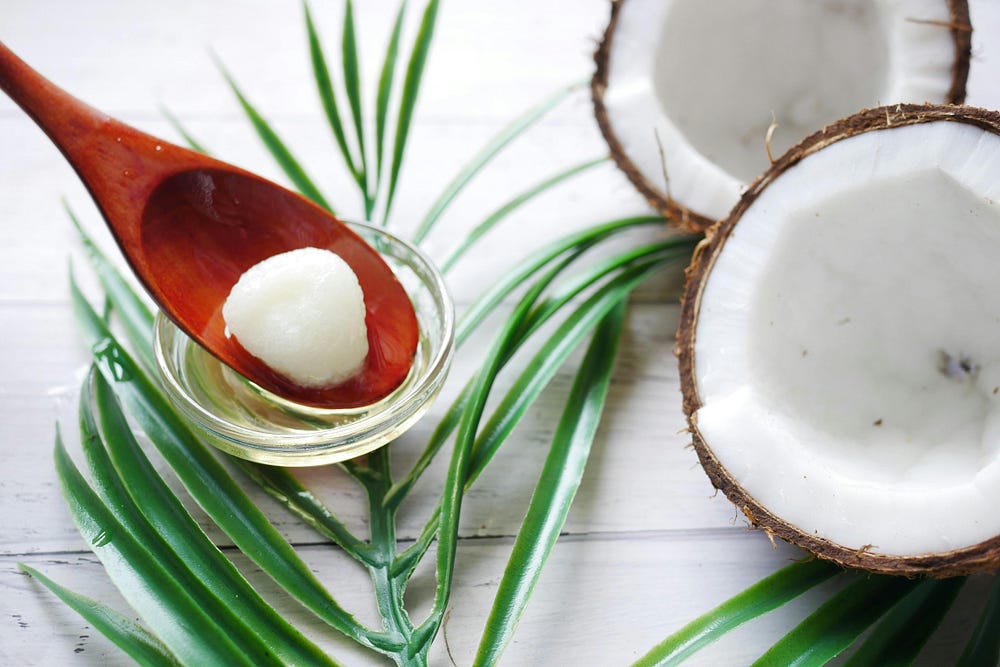
Your lifeline for hair that’s been over-styled or over-loved! This hydrating combo repairs damage, nourishes your scalp, and brings back that elusive silkiness.
How to Prepare Coconut Oil and Aloe Vera Mask
- Use fresh aloe vera gel for maximum hydration and nourishment.
- Melt 2 tablespoons of organic coconut oil on low heat to make it easier to mix.
- Blend the melted coconut oil with 1 tablespoon of aloe vera gel until smooth.
- Add a few drops of your favorite essential oil (like lavender or rosemary) for added relaxation and benefits.
- Section your hair to ensure even application.
- Use a wide-toothed comb to distribute the mask evenly from roots to tips.
- Wrap your hair in a warm towel after applying to enhance absorption.
Benefits of Coconut Oil and Aloe Vera Mask
- Deep Hydration - Penetrates strands to repair and moisturize dry or damaged hair.
- Strengthens Follicles - Nourishes the scalp and promotes healthier, stronger hair growth.
- Boosts Shine - Adds a radiant, glossy finish to dull hair.
- Reduces Frizz - Smoothens the cuticles, taming unruly strands.
- Scalp Health - Aloe vera soothes an itchy scalp and reduces dandruff.
- Prevents Breakage - Coconut oil reinforces hair structure, reducing split ends.
- Natural UV Protection - Creates a barrier to protect hair from sun damage.
Quick Tips for Using Coconut Oil and Aloe Vera Mask
- Apply Weekly - Use once a week for noticeable improvements in texture and shine.
- Pre-Shampoo Treatment - Use the mask before shampooing to lock in moisture without residue.
- Overnight Hydration - Leave it overnight (wrap your hair) for a deep-conditioning effect.
- Patch Test First - Test on a small patch to ensure no irritation from coconut oil or aloe vera.
- Warm Oil for Absorption - Slightly heating the coconut oil helps it penetrate deeper into hair strands.
- Double Down - Pair this treatment with a silk pillowcase to enhance results and reduce hair friction.
- For All Hair Types - Customize by adding castor oil for thicker hair or argan oil for fine strands.
These preparation steps, benefits, and quick tips ensure you maximize the potential of this mask.
Try it, and watch your hair transform into a crown of silky, healthy locks!
3. Herbal Tea Hair Rinse 🍃
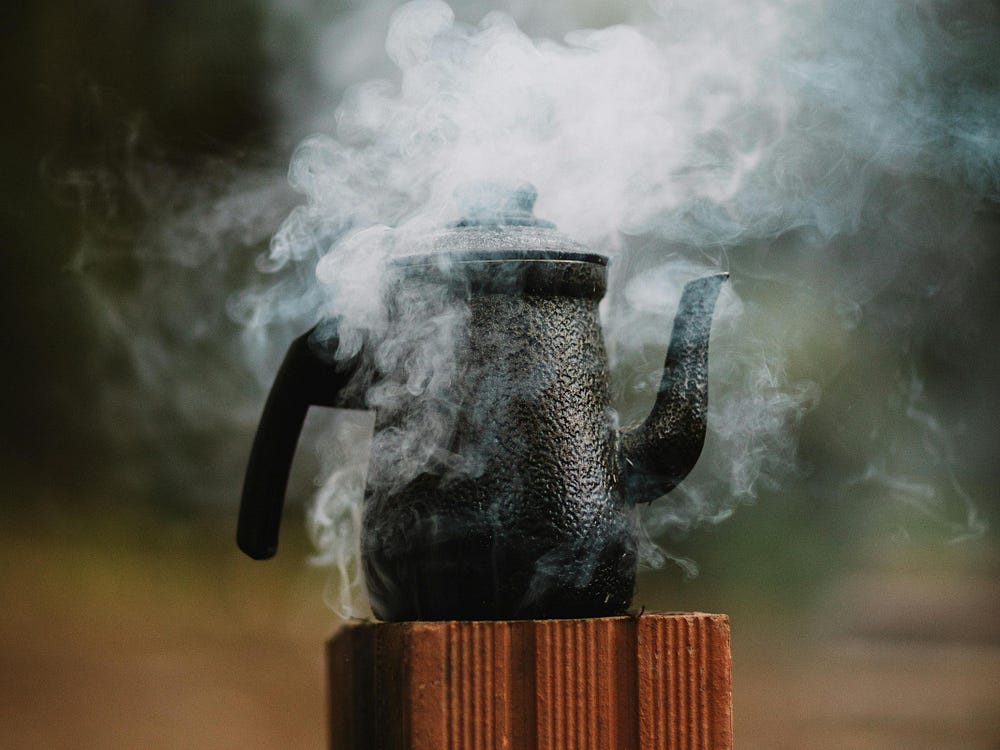
Whether it’s green tea, chamomile, or rosemary, herbal rinses are the ultimate natural shampoo alternative. They refresh your hair, soothe your scalp, and enhance shine effortlessly.
How to Prepare Herbal Tea Hair Rinse
- Choose your herb based on your hair goals (e.g., chamomile for blonde hair, rosemary for hair growth).
- Boil 2 cups of filtered water for a purer rinse.
- Steep 2 tea bags or 1 tablespoon of dried herbs in hot water for 10–15 minutes.
- Allow the tea to cool to room temperature to avoid scalp burns.
- Strain the mixture if using loose herbs for a smoother rinse.
- Pour it over freshly washed hair, focusing on the scalp and ends.
- Do not rinse out; let your hair air-dry to maximize benefits.
Benefits of Herbal Tea Hair Rinse
- Scalp Health - Reduces dandruff and soothes irritation with anti-inflammatory properties.
- Hair Growth - Stimulates hair follicles, especially with herbs like rosemary.
- Natural Coloring - Enhances existing tones (chamomile for light hair, black tea for darker shades).
- Reduces Oiliness - Balances scalp oils for a fresher feel.
- Adds Shine - Infuses dull hair with a vibrant, natural gloss.
- Strengthens Hair - Rich in antioxidants that protect against damage.
- Eco-Friendly - A chemical-free and sustainable hair care alternative.
Quick Tips for Using Herbal Tea Hair Rinse
- Choose the Right Herb - Green tea for hair growth, chamomile for soothing, or nettle for strength.
- Test First - Perform a patch test to ensure no allergies to the herb used.
- Customize with Oils - Add a few drops of lavender or peppermint essential oil for an extra boost.
- Weekly Ritual - Use this rinse 1–2 times a week for optimal results.
- Refrigerate Extras - Store leftover rinse in a spray bottle in the fridge for up to 3 days.
- Comb for Even Distribution - Comb through your hair post-rinse to ensure full coverage.
- Combine with Masks - Pair this rinse with a DIY hair mask for enhanced nourishment.
Ready to transform your locks with this herbal tea magic?
4. Avocado and Honey Treatment for Deep Conditioning 🥑🍯
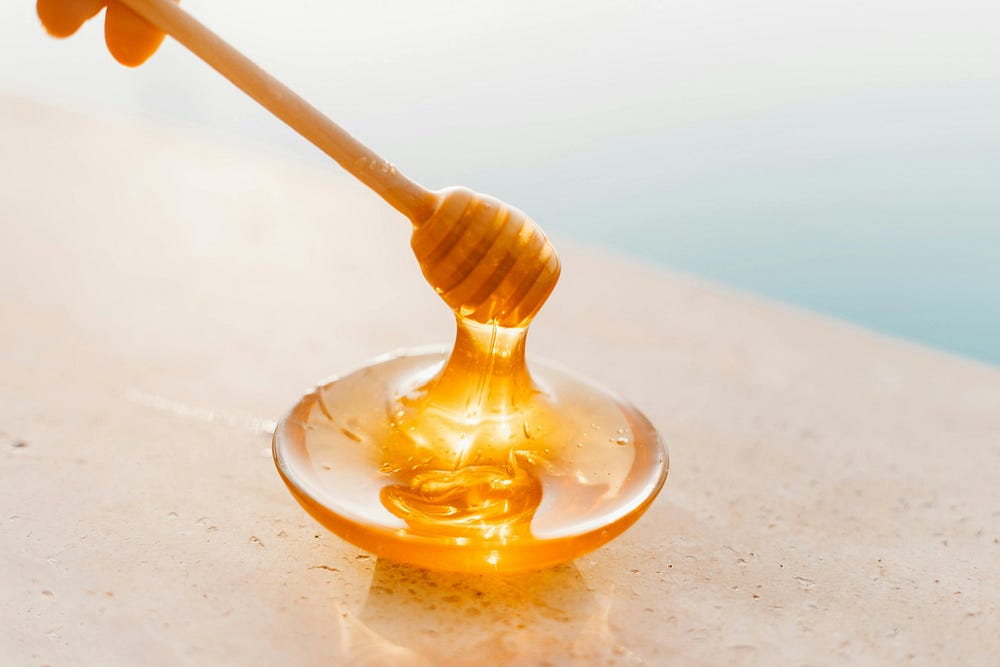
Nothing beats the buttery goodness of avocado for restoring moisture to your hair. Paired with honey, this combo becomes your go-to salon-quality deep conditioner at home!
How to Prepare Avocado and Honey Treatment
- Use a ripe avocado for the smoothest texture.
- Cut and scoop half an avocado into a bowl.
- Add 1 tablespoon of organic honey for extra hydration.
- Mix until the paste is smooth and lump-free.
- Apply evenly to clean, damp hair, focusing on the ends.
- Cover your hair with a shower cap to retain warmth and moisture.
- Leave the treatment on for 20–30 minutes before rinsing thoroughly with lukewarm water.
7 Benefits of Avocado and Honey Treatment
- Deep Hydration - Revives dry, brittle hair with nourishing oils and vitamins.
- Repair Power - Strengthens and repairs damaged strands, reducing breakage.
- Split-End Prevention - Locks in moisture to prevent and smooth split ends.
- Natural Gloss - Leaves hair with a healthy, salon-like shine.
- Scalp Care - Honey’s antimicrobial properties soothe an irritated scalp.
- Frizz Control - Smooths the cuticle to tame flyaways and frizz.
- Vitamin Boost - Rich in vitamins A, D, and E for healthier, thicker hair over time.
7 Quick Tips for Using Avocado and Honey Treatment
- Enhance with Oils - Add 1 tablespoon of coconut or olive oil for extra hydration.
- Steam for Penetration - Sit under a steamer or use a warm towel to help nutrients penetrate deeply.
- For All Hair Types - Suitable for curly, straight, or color-treated hair.
- Small Batch - Mix just enough for one use to avoid waste.
- Detangle Before Application - Ensure even coverage and reduce breakage.
- Cool Rinse Finish - Rinse with cool water to seal the hair cuticle.
- Frequency - Use once a week for consistent hydration and repair.
Ready to give your locks some avocado-honey love?
5. Apple Cider Vinegar Rinse for Scalp Health 🍏🍾
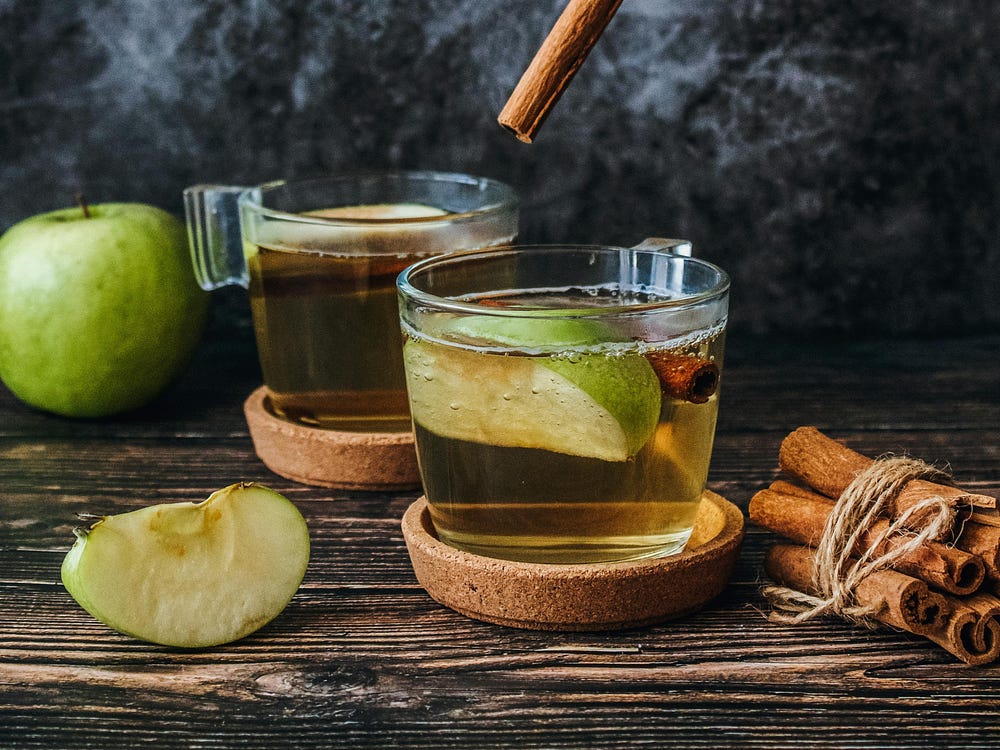
Say goodbye to product buildup and hello to balanced, healthy hair. Apple cider vinegar (ACV) offers a deep yet gentle cleanse, perfect for scalp care!
How to Prepare Apple Cider Vinegar Rinse
- Choose raw, unfiltered apple cider vinegar for the best results.
- Dilute 2 tablespoons of ACV with 1 cup of filtered water to avoid over-drying.
- Pour the mixture into a spray bottle for easy application.
- Shampoo your hair with a natural shampoo alternative.
- Apply the ACV rinse evenly over your hair and scalp.
- Massage gently into your scalp for 1–2 minutes to enhance absorption.
- Rinse thoroughly with lukewarm water and follow up with a conditioner if needed.
7 Benefits of Apple Cider Vinegar Rinse
- Balances pH - Restores the scalp’s natural pH, promoting healthy hair growth.
- Product Removal - Dissolves buildup from styling products and hard water.
- Soothes Scalp - Alleviates itchiness and reduces dandruff.
- Shine Boost - Leaves hair smooth, shiny, and vibrant.
- Detangling Aid - Smoothens the cuticle, reducing tangles and knots.
- Oil Control - Regulates sebum production, keeping the scalp refreshed.
- Antimicrobial Properties - Prevents scalp infections with its natural antibacterial effects.
7 Quick Tips for Using Apple Cider Vinegar Rinse
- Start Small - Begin with once a week and adjust based on your hair’s response.
- Avoid Overuse - Overusing ACV can cause dryness; dilute well for safe application.
- Smell Concerns? - Add a few drops of essential oils (like lavender or tea tree) for a pleasant scent.
- Cool Rinse - Rinse with cool water to lock in shine and smoothness.
- Patch Test - Test the rinse on a small patch of skin to check for sensitivity.
- Dry Hair Tip - Add 1 teaspoon of aloe vera gel to counteract dryness.
- Store Smart - Prepare fresh ACV rinses; avoid storing for extended periods.
Ready to detox your scalp and revive your hair?
Treatment Comparison Table
Which treatment are YOU most excited to try? Remember, this guide serves as a starting point always consult your doctor for specific concerns.
Did you find this helpful? Leave me a comment, follow, or share this with friends who need a hair care glow-up!
Too busy to read? Listen to this article on Vaughn’s Podcast, available on all platforms.
Want updates on my health and beauty series? Subscribe to my email list below, and let’s stay connected. If you want to support my work, feel free to buy me a coffee it means the world to me!
Explore More:
- DIY Honey Face Packs: A Natural Remedy for Glowing Skin
- 10 Steps to a Natural Skincare Routine for Radiant Skin
Subscribe to my email list by clicking the envelope icon below to be notified about my upcoming health topics. Let’s glow together! 🌟
Comments
Post a Comment